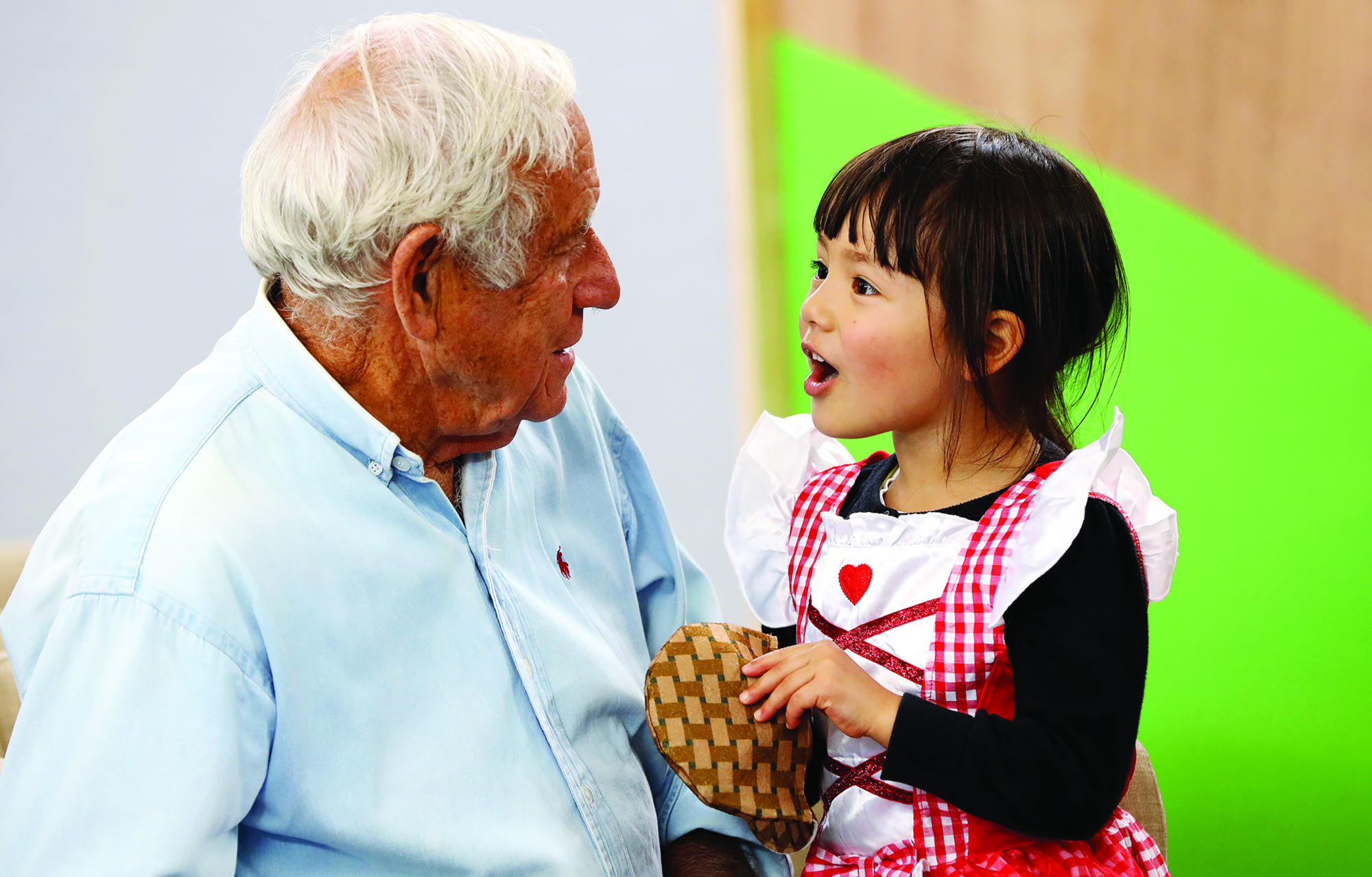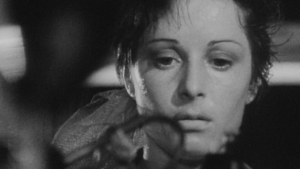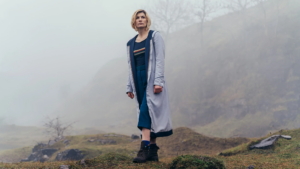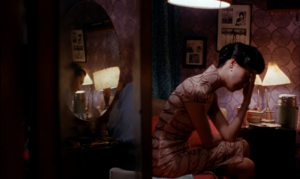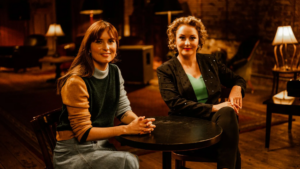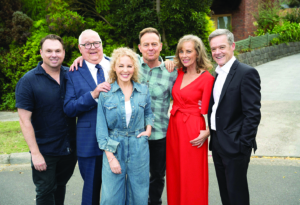As we move further away from the shock of 2020 and into ‘COVID normal’ and beyond, screen media has gone from reflecting (and negating) immediate effects of physical lockdown to giving us something more. While there are some artists – and, for that matter, audiences – who are undoubtedly desperate to just get on with it, there are others whose work is still directly, or indirectly, framed by the importance of physical connections.
The delightful ABC docuseries Old People’s Home for 4 Year Olds worked remarkably well before COVID-19 hit. Based on a UK show of the same name, the idea of intergenerational ‘training’ through putting people at opposite stages of life together was part of an ‘experiment’ to help its young and old participants alike build their physical and mental capabilities. While it would have been easy for both groups to be reduced to cutesy stereotypes – a parade of ‘kids say the darndest things’ and ‘old people saying whatever they please’ clichés – the producers carefully avoided any such reductionism, working instead to present thoughtful portraits of the show’s subjects (that’s not to say there haven’t been a few cracking lines over the series’ two-season run, but these all appear in context rather than merely being captured for the promos).
As the series returned in a fundamentally altered world in April this year, memes referencing it swirled on social media. Interestingly, they weren’t about the figures on screen, but rather the audience watching at home – in a nutshell, drawing parallels between the series’ screen time and lounge room crying time. Some offered a warning about the potential for ‘feels’; others, just a celebration. I can proudly admit I never made it through a single episode without at least welling up at points, if not just sobbing through the whole thing. That response wasn’t due to just watching these people develop – surprising themselves by building physical and emotional confidence – but particularly the moments when the children and adults admit, right down the barrel of the lens, that they are lonely.
Screen work made or circulated during lockdown tended to fall into two extreme categories: those that tackled the crisis head-on (such as At Home Alone Together); and those that gave us complete escapism (think: the glory of Lego Masters). Of course, the isolation that people can feel during times in their lives is not COVID-specific, whether it be the four-year-olds struggling with communication because they literally don’t know the words, or the older people unable to connect because they worry their bodies will no longer do what they used to.
Its honest representation of loneliness was one of the main qualities that made the second series of Old People’s Home for 4 Year Olds such a trigger for audience outpourings. While the condition is seldom displayed so plainly, there has been something of a recent trend of shows featuring lonely people as protagonists and heroes. Phoebe Waller-Bridge’s now-iconic series Fleabag, for instance, was much celebrated for the complex portrayal of its bold lead, as well as – in its second series – for the way she is spectacularly loved and left by Andrew Scott’s ‘Priest’ character. Yes, the character and relationship were highly unusual for an edgy femme-led dark comedy. But perhaps what drew so much attention was the show’s depiction of loneliness: two main characters who, for a short time, find each other, but then let each other go and return to being alone. It’s a ‘happily ever after’ denial that few writers would have been bold enough to go through with. Waller-Bridge is adamant, at least for now, that it will stick.
Screen productions made during and since COVID have had to factor in the logistics of social distancing and physical space. But for audiences at home, the impact of seeing people on screen together, or alone, has been significant at times. Of course, we have also used screen media – and, particularly, the ‘ordinariness’ of television – to support us when domestic space has been no longer a chosen solace, but one that’s government-imposed.
Perhaps the most interesting aspect of reality programming like Old People’s Home for 4 Year Olds is its connection to the lives of both those it features and the broader demographics to which they belong. Funded by Screen Australia through the short-lived COVID-19 Budget Support Fund program, the series recently announced a partnership with the Older Persons Advocacy Network – an umbrella group for state- and territory-based support organisations that describes itself as being designed to allow older people to ‘effectively access and interact with Commonwealth funded aged care services and have their rights protected’ – in promoting the federally funded Stay Connected and Supported initiative for elderly people struggling with isolation. This kind of two-way process – in which a show receives public funding and in turn serves the community – both aids an arts sector whose revenue continues to be threatened (with the ABC still particularly strapped for cash) and offers something beyond the broadcast. It would be nice to see the younger people catered to in this way too – with the little ones depicted in the show, who may be missing grandparents or extended family due to travel restrictions, also community members who could use ongoing help.
